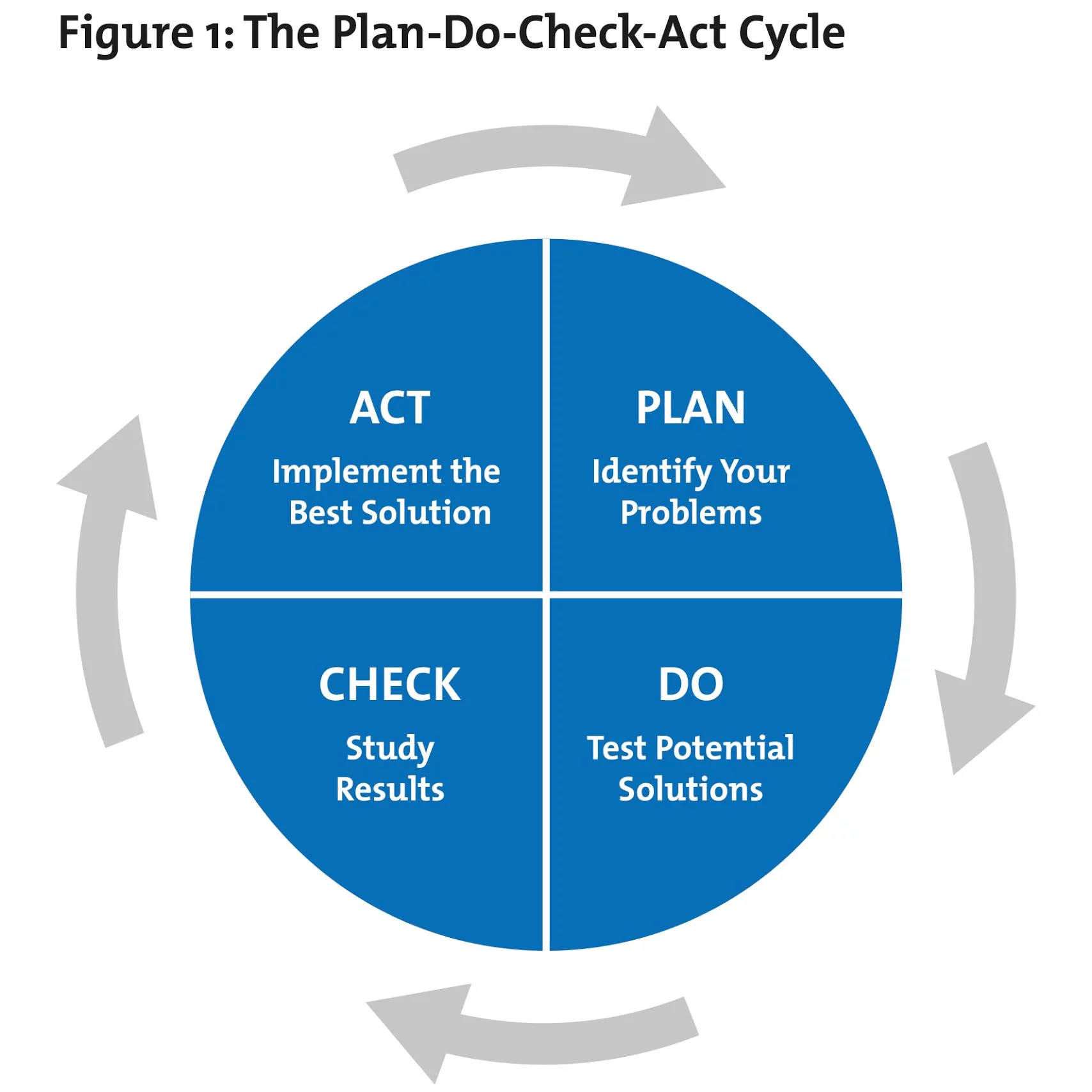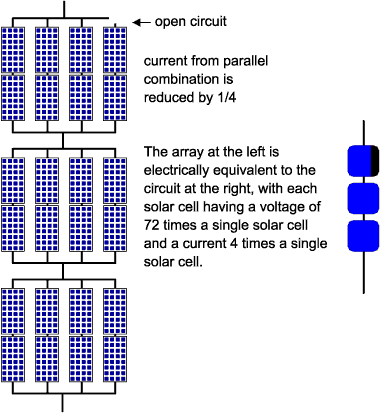2022
Manage Your Organization as a Portfolio of Learning Curves

The product would be on the market at a price that is much too high, resulting in potentially lower sales. Using the learning curve can provide additional insight for planning purposes. The model can be used to determine how long it takes for a single person to master a skill or how long it takes a group of people to manufacture a product. In most applications, the “learning” in the curve is actually referred to as process improvement.
There are many variables in learning that impact the rate of progression and cannot be accurately reflected in the learning curve model. The latter half of the curve indicates that the learner now takes less time to complete the task as they have become proficient in the skills required. Often the end of the curve begins to level off, indicating a plateau or new challenges. The bottom of the curve indicates slow learning as the learner works to master the skills required and takes more time to do so.
Complex
Graphical correlation between a learner’s performance on a task and the number of attempts or time required to complete the task. This learning curve describes a more complex model of learning that requires more extensive tracking. In the process of improving your learning curve, you will have to put in a lot of time. These examples are programmatically compiled from various online sources to illustrate current usage of the word ‘learning curve.’ Any opinions expressed in the examples do not represent those of Merriam-Webster or its editors.

In addition, note that the incremental time is a cumulation of more and more units as the table is extended. For example, the 600 hours of incremental time for task No. 2 is the time it took to yield one additional task. However, the 960 hours in the next row is the time it took to yield two additional tasks. If the software is important for productivity, then employee performance could decrease over time if employees cannot effectively use the software.
More meanings of learning curve
Very few activities follow a single, simple learning curve for more than a short period in the real world, however. The complex learning curve is used to illustrate more complex learning journeys over a longer timeframe. A learning curve is measured and calculated by determining the amount of time it will take to perform a task. Then, a learning curve assigns an improvement value to identify the rate of efficiency the task performer will incur as they learn and become more proficient at the task. To utilize a measured learning curve, organizations would need to identify a specific variable to analyze.
A learning curve is the representation in graph form of the rate of learning something over time or repeated experiences. You can record your learning curve progress and show it to someone else for feedback. There are a few tricks you can use to speed up the improvement of your learning curve.
In machine learning
They can be represented in a chart, with linear coordinates, like the charts above in which the shape is an actual curve. A learning curve can also be depicted between axis points in a chart as a straight line or a band of points. Let’s take a look at some different examples of where the learning curve is being applied today.
- The collection of individual learning curves can be compiled into an organizational learning curve.
- A learning curve is typically described with a percentage that identifies the rate of improvement.
- The learning curve may refer to a specific task or a body of knowledge.
- If the software is important for productivity, then employee performance could decrease over time if employees cannot effectively use the software.
- The learning curve model requires that one variable is tracked over time, is repeatable and measurable.
For example, an organization seeking to improve the performance of customer service could decide that the implementation of a new initiative (# of attempts) would result in a decrease in customer complaints (performance). The organization could track and analyze the repetitive practice of this initiative over time to determine if indeed customer complaints decreased over time. The learning curve can be used to predict potential costs when production tasks change. For example, when the pricing of a new product is being determined, labor costs are factored in.
How To Practice Self-Advocacy in the Workplace (Go-to Guide)
Relative or absolute numbers of training examples that will be used to
generate the learning curve. When a learning curve has a given percentage, this indicates the rate at which learning and improvement occur. Most often, the percentage given is the amount of time it will take to perform double the amount of repetitions. In the example of a 90% learning curve, this means there is a corresponding 10% improvement every time the number of repetitions doubles. A learning curve is a plot of proxy measures for implied learning (proficiency or progression toward a limit) with experience.
These are often highly complex tasks or require higher degrees of creative or strategic thought. Performance may increase steadily at the beginning before reaching a plateau once learners have mastered the basics. This productivity plateau may lead to additional performance increases as they learn more advanced concepts. L&D managers should expect to encounter complex learning curves when a tech organization adopts a new programming language, for example.
Multiply Motivation Through Development
Keep practicing the same skill instead of starting out with something completely new. Otherwise, you’ll lose whatever skill you have in pottery, and the new skill will take up more learning time, too. If the estimator supports incremental learning, this will be
used to speed up fitting for different training set sizes. Understanding Learning Curve employees’ curves can help managers develop succession plans, recruit talent that may need stretch roles to stay engaged, and build a team of people with diverse but complementary strengths. The S Curve is a tool that smart managers use to launch conversations with their reports and create tailored development plans for them.
Whether to shuffle training data before taking prefixes of it
based on“train_sizes“. Group labels for the samples used while splitting the dataset into
train/test set. Only used in conjunction with a “Group” cv
instance (e.g., GroupKFold). Target relative to X for classification or regression;
None for unsupervised learning.
They found that the buyers obey to a learning curve, and this result is useful for decision-making on inventory management. The S-curve model is used to illustrate activities that combine aspects of both the increasing-returns and diminishing-returns learning curves. These activities require a significant amount of effort early on to understand, followed by a rapid increase in performance as the learner becomes more proficient (similar to what we see in the increasing returns learning curve). However, once the learner has attained a certain level of mastery, they reach a performance plateau (similar to what we see in the diminishing returns learning curve). Activities that follow a diminishing returns learning curve are the most straightforward when measuring and predicting how the performance and output of a workforce will change over time. An L&D manager may use this curve when developing a training plan to teach their Quality Control team how to use a new reporting tool where the employee only needs to enter the ID number of was tested and the results of each test.

You could be putting too much pressure on yourself or not working hard enough. Imagine doing all the hard work but not noticing any learning progress in the end. To keep this devastating misfortune from happening, keep evaluating yourself regularly. It can be done weekly or bi-weekly as per the nature of what you’re practicing. For the performance of one person in a series of trials the curve can be erratic, with proficiency increasing, decreasing or leveling out in a plateau. Ivan is a dedicated and versatile professional with over 12 years of experience in online marketing and a proven track record of turning challenges into opportunities.
Baccus ‘Launches into Learning’ with new house system – Hood County News
Baccus ‘Launches into Learning’ with new house system.
Posted: Mon, 21 Aug 2023 16:15:00 GMT [source]
The learning curve is known by different names partly due to its wide variety of application. In the example of learning to read, the variables could include phonetics, vocabulary, type of reading material, teaching methods, motivation, previous knowledge or experience, quality of practice, and much more. This could be described as a plateau, where the individual is no longer progressing. It could signal that the learner has reached a limit in their ability or that a transition may be occurring. It could also mean that the individual has lost motivation or is fatigued.